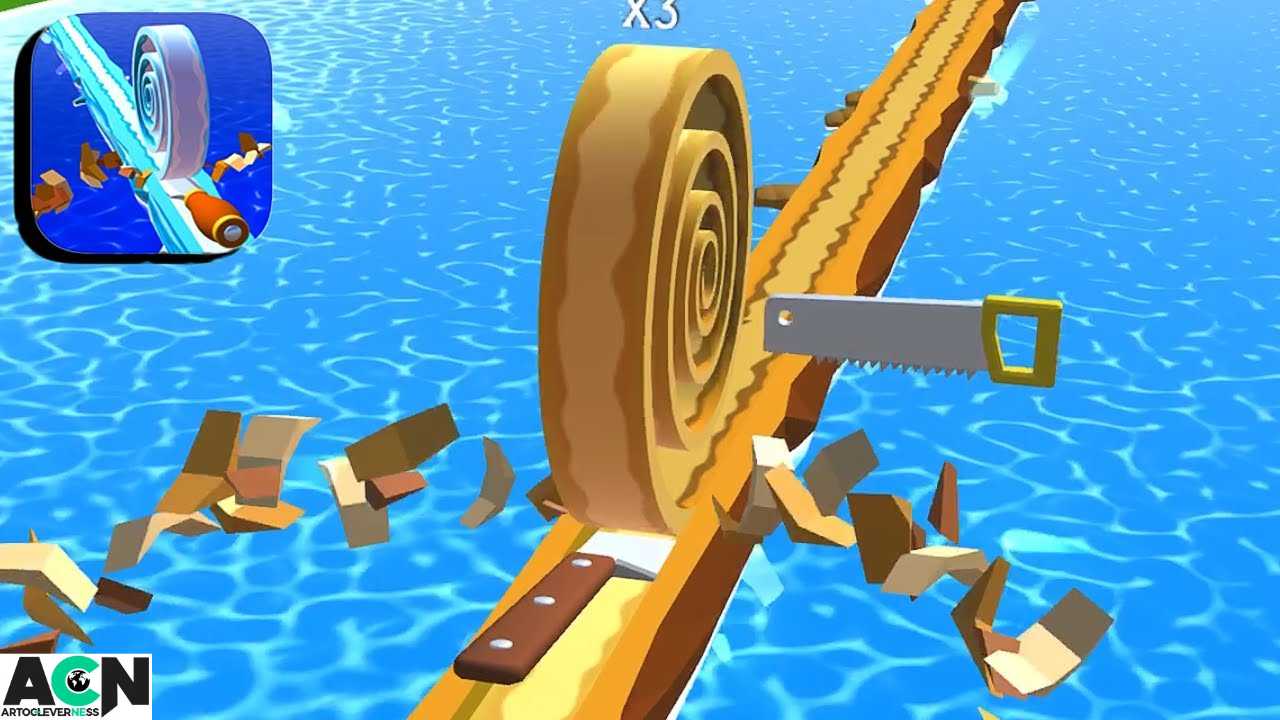Spiral rolls can be very interesting and challenging, and most people end up with many questions on how to make that perfect spiral look like it was rolled in one piece.
Luckily, some practical ways and techniques can be employed in this process. As it is apparent, receiving the correct information on using spiral rolling from the rudimentary level to studying the phyllotactic spiral god roll is essential. Are you, for instance, eager to learn various features and trends that help to cook the perfect spiral roll?
Understanding a Spiral Roll
The spiral or twisted shape that is produced by rolling a material, for instance, hair, dough, fabric, and other materials, is referred to as a spiral roll.
This shape is widely used in hairdressing, baking, cooking, and designing since it holds a nice looking, and there are more advantages in need of this shape.
For instance, a spiral roll can give hair volume and style in hairstyling, while in baking, it helps create even baked layers.
Advantages of using the Spiral Roll in our daily lives
Examples of elastic band rolls include the spiral roll used in hairstyling, where the spiral perm creates long-lasting curls.
They are also used in culinary arts, for instance, in cinnamon rolls, where the spiral pattern is useful in distributing the relish.
What Does Phyllotactic Spiral God Roll Mean?
There are about 300 million flower-like spiral god rolls in a sheet. The design efficiency of the rolls can be improved, making them better-looking and more structurally useful.
By understanding and mimicking the natural formation of phyllotactic spiral god rolls, the spirals can be applied to balance proportions and symmetrical beauty in the context of art and design. In the field of engineering, they are applied to execute optimized structures.
Kinds of Spiral Roll Techniques
The most fundamental category of spiral rolling is rolling a material with an even cross-sectional profile around a core member.
This can be done with hair, as in curling, where strands of hair are wrapped around the curling rod, or with fabric, where the material is rolled tightly. It is thus important to equalize the tension and the distance to make spirals evenly sized.
Advanced Techniques
Complex patterns include spirals resembling natural patterns, such as phyllotaxy. This needs to be done wisely so that the kind of effect one wishes to achieve is attained, like the positioning of the plant leaves or digital art spirals or circles. In most of these cases, there is either mathematical calculation or proper use of the tools.
Selecting the Most Suited Methodology

Therefore, one must choose depending on what one wants to accomplish when embarking on a spiral rolling technique.
For hairstyling, the decision is, for instance, between curling the hair with a curling iron or using rollers. In design, it could involve selecting whether to go with hand drafting or computer-aided design.
Scopes and Values
In other cases, if phyllotactic spirals are more complicated, one might use computer programs, cutting tools for curling, or specific molds. These tools are useful in making the small measurements and placements needed to realize such patterns.
Maintaining and Caring for Your Spiral Rolling Tools
It is for this reason that it is necessary to maintain the tools so that they may last longer and perform optimally. This entails washing combs, brushes, and other hair appliances after every use, ensuring that rolling pins are not left with any produce on them, and ensuring that software used in computer-aided designs is updated regularly and devices used in the same are recalibrated.
How to Roll a Spiral Perm?
Thus, spiral perms are very sensitive and require the hairdresser to prepare well for the best results. The first item you should do is clean your hair with a defining shampoo to get rid of any advertisement.
Do not use the condition before performing the perm since it compromises curl retention. This is recommended because it allows for better hair partitioning into small sections to ensure that rolling is done as evenly as possible.
Detailed Rolling Process
Start by taking small portions of hair and rolling them around the perm rod from the tips of the hair moving up to the head.
This should be done using perm rods of a standard size to ensure that the curls are professionally done, or get perm rods of different sizes for a natural look.
Tie the rods tightly so that they do not move during the perming process, which will be carried out in the next stage.
More Information on How to Live Longer?
When done, do not wash your hair as this will eliminate the permanent waves; wait 48 hours before washing your hair.
Always use sulfate-containing shampoos and moisturizing conditioners to maintain curls. Daily grooming will also help maintain a new look, especially if it is spiral-permed since hair ends are bound to split.
Spiral rolling for Structural Steelwork
A spiral roller is an implement used to make spirals. It is mainly used in hairstyling. It usually comprises a body in the form of a cylinder with hair or any other materials helically wound around it. Spiral rollers are of different dimensions depending on the pattern of curls required.
How to utilize the spiral roller effect?
A spiral roller comes in handy. To apply it, one is expected to spread the material desirable for curling, particularly hair, and then coil around the roller from the end to the base.
Stake the coil evenly to keep equal distances from each other to leave the correct distances in a spiral form. After that, apply the roller and let it remain on the hair for the required time to set the spiral before removing it.
Comparing Spiral Rollers

If so, we should start determining which option is better and at what point our opinion on it will change. The various types of spiral rollers are chosen depending on the specific size of the spiral and the type of material generated.
Wider rollers will make voluminous and loose curls, while thin rollers will make tight and defined curls. These are the considerations to consider: – the type of roller material you’re using, which may be plastic or foam, among others.
Problems in the Rolling Process
Some of the mistakes one should avoid include rolling the strip too tight or too loosely, giving the spiral the wrong orientation.
Inadequate sectioning or utilizing improper tension also leads to less-than-desired outcomes. As mentioned previously, technique is critical in producing the desired results.
Common Faults And Their Solution
If your spirals are not defined or inexplicably uneven, consider altering how the cylinder is rolled or how tightly it is wound.
Spiral hair needs special attention. For damaged or frizzy hair, you should apply some conditioning treatments or reduce the heat or pressure of using a tool.
Conclusion
As much as spiral rolls may seem complicated to make, learning their techniques allows one to add different dimensions to hairstyling or designing.
Spiral rolling can be done traditionally by simply having a spiral roll, or it can be done through a gorgeous phyllotactic spiral god roll, where you have complex spirals.
Therefore, let me encourage you not to be scared of exploring spiral rolls further. It is now possible for you to not only learn but also master the tips and strategies presented in this guide, greatly improving your work and creating beautiful spirals.
(FAQs)
What Do I Need To Do To Get a Spiral Roll of My Desired Consistency Every Time?
Consistency is key. Spiral cutting depends on a few factors; they include Cleaning and preparing the material, selecting the tools, and designing the spiral.
How Long does a spiral roll last?
Although spiral rolls have quite a long life span, durability depends on the material and method of production. For instance, spiral perms can last several months if they are well cared for, while other types of spirals, such as the dough type, are momentary.


